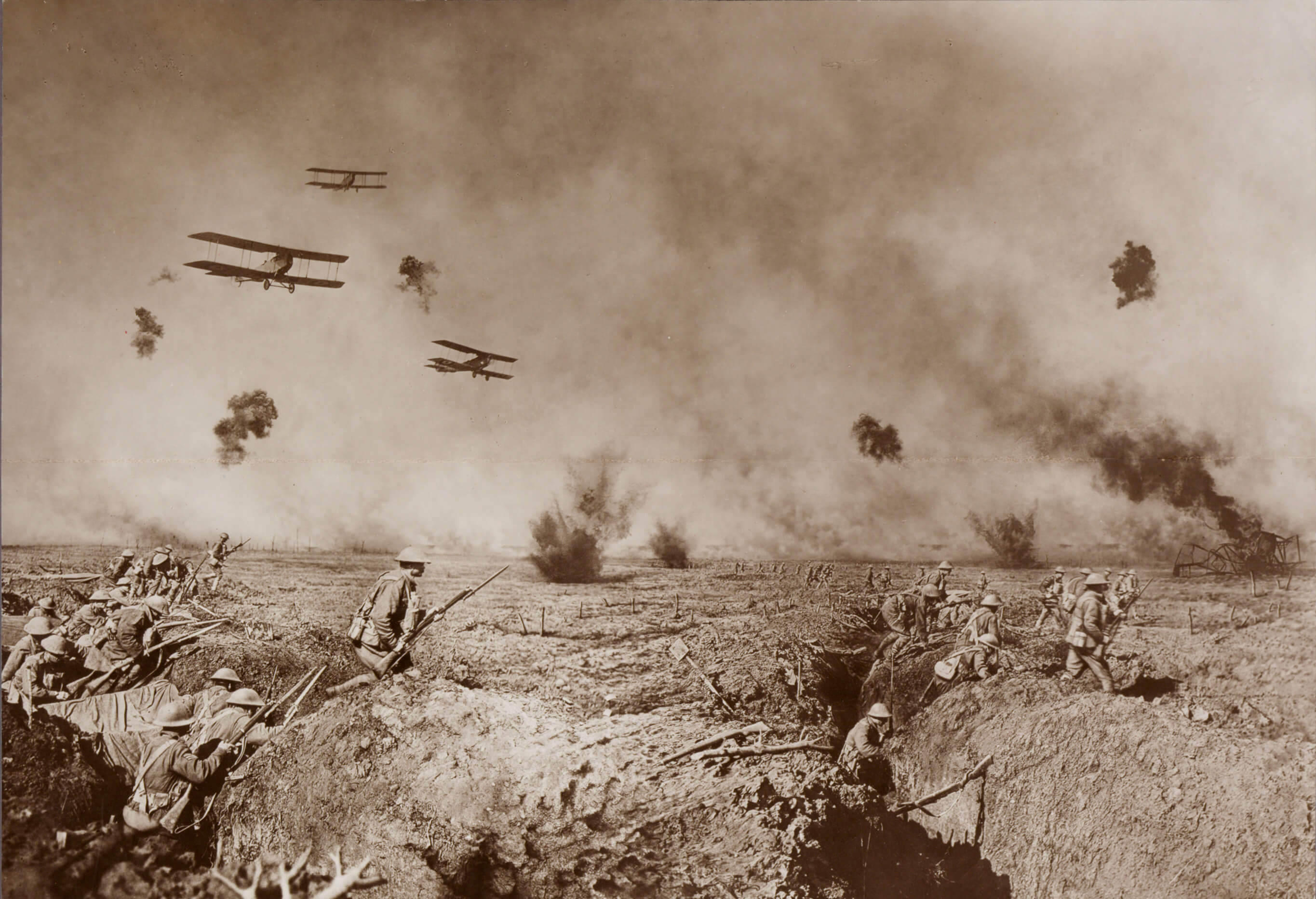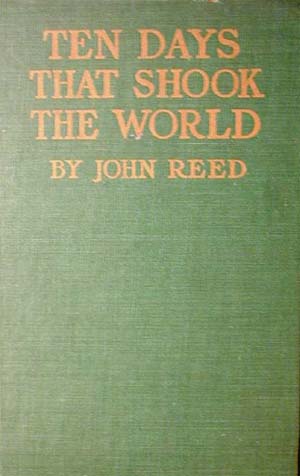|
The Storming Of The Winter Palace
''The Storming of the Winter Palace'' was a 1920 mass spectacle, based on historical events that took place in Petrograd during the 1917 October Revolution. Taking place on the third anniversary of the revolution, it was directed by Nikolai Evreinov and was subtitled a "mass action." The sets were designed by Yuri Annenkov. The spectacle was staged outside the former Tsarist Winter Palace where the Provisional Government was meeting at the time of the Bolshevik revolution. Its performers included 125 ballet dancers, 100 circus people, 1,750 supernumeraries and students, 200 women, 260 secondary actors, and 150 assistants. There were also tanks and armoured cars involved. The mass spectacle form took the pre-revolutionary Symbolist utopias of "ritual theatre" (whose formulation was largely a response to the abortive 1905 revolution), and recast their "people" as the proletariat. Performed on 7 November before 100,000 spectators, the action begins with the February Revolution, foll ... [...More Info...] [...Related Items...] OR: [Wikipedia] [Google] [Baidu] |
Spectacle
In general, spectacle refers to an event that is memorable for the appearance it creates. Derived in Middle English from c. 1340 as "specially prepared or arranged display" it was borrowed from Old French ''spectacle'', itself a reflection of the Latin ''spectaculum'' "a show" from ''spectare'' "to view, watch" frequentative form of ''specere'' "to look at." The word ''spectacle'' has also been a term of art in theater dating from the 17th century in English drama. The masque and spectacle Court masques and masques of the nobility were most popular in the Jacobean and Caroline era. Such masques, as their name implies, relied heavily upon a non-verbal theater. The character lists for masques would be quite small, in keeping with the ability of a small family of patrons to act, but the costumes and theatrical effects would be lavish. Reading the text of masques, such as ''The Masque at Ludlow'' (most often referred to as ''Comus''), the writing is spare, philosophical, and gran ... [...More Info...] [...Related Items...] OR: [Wikipedia] [Google] [Baidu] |
Alexander Kerensky
Alexander Fyodorovich Kerensky, ; Reforms of Russian orthography, original spelling: ( – 11 June 1970) was a Russian lawyer and revolutionary who led the Russian Provisional Government and the short-lived Russian Republic for three months from late July to early November 1917. After the February Revolution, February Revolution of 1917, he joined the newly formed provisional government, first as Justice ministry, Minister of Justice, then as Minister of War, and after July as the government's List of heads of government of Russia#Russian Provisional Republic, second Prime Minister of Russia, Minister-Chairman. He was the leader of the Social democracy, social-democratic Trudoviks, Trudovik faction of the Socialist Revolutionary Party. Kerensky was also a vice-chairman of the Petrograd Soviet, a position that held a sizable amount of power. Kerensky became the prime minister of the Provisional Government, and his tenure was consumed with World War I. Despite mass opposition t ... [...More Info...] [...Related Items...] OR: [Wikipedia] [Google] [Baidu] |
Culture In Saint Petersburg
Culture () is an umbrella term which encompasses the social behavior, institutions, and norms found in human societies, as well as the knowledge, beliefs, arts, laws, customs, capabilities, and habits of the individuals in these groups.Tylor, Edward. (1871). Primitive Culture. Vol 1. New York: J.P. Putnam's Son Culture is often originated from or attributed to a specific region or location. Humans acquire culture through the learning processes of enculturation and socialization, which is shown by the diversity of cultures across societies. A cultural norm codifies acceptable conduct in society; it serves as a guideline for behavior, dress, language, and demeanor in a situation, which serves as a template for expectations in a social group. Accepting only a monoculture in a social group can bear risks, just as a single species can wither in the face of environmental change, for lack of functional responses to the change. Thus in military culture, valor is counted a typical be ... [...More Info...] [...Related Items...] OR: [Wikipedia] [Google] [Baidu] |
Theatre In Russia
Theatre or theater is a collaborative form of performing art that uses live performers, usually actors or actresses, to present the experience of a real or imagined event before a live audience in a specific place, often a stage. The performers may communicate this experience to the audience through combinations of gesture, speech, song, music, and dance. Elements of art, such as painted scenery and stagecraft such as lighting are used to enhance the physicality, presence and immediacy of the experience. The specific place of the performance is also named by the word "theatre" as derived from the Ancient Greek θέατρον (théatron, "a place for viewing"), itself from θεάομαι (theáomai, "to see", "to watch", "to observe"). Modern Western theatre comes, in large measure, from the theatre of ancient Greece, from which it borrows technical terminology, classification into genres, and many of its themes, stock characters, and plot elements. Theatre artist Patrice ... [...More Info...] [...Related Items...] OR: [Wikipedia] [Google] [Baidu] |
Modernist Theatre
Modernist theatre was part of twentieth-century theatre relating to the art and philosophy of modernism. List of modernist plays *''Long Day's Journey into Night'' *''Waiting for Godot'' *''Who's Afraid of Virginia Woolf'' *''The Caretaker'' *''A Streetcar Named Desire'' List of modernist playwrights *Eugene O'Neill *Samuel Beckett *Edward Albee *Harold Pinter *Tennessee Williams *Anton Chekhov *Bertolt Brecht *Henrik Ibsen See also *Modernist film *Modernist literature *Theater of the Absurd References {{reflist Modernist theatre ... [...More Info...] [...Related Items...] OR: [Wikipedia] [Google] [Baidu] |
Film Still
A film still (sometimes called a publicity still or a production still) is a photograph, taken on or off the set of a movie or television program during production. These photographs are also taken in formal studio settings and venues of opportunity such as film stars' homes, film debut events, and commercial settings. The photos were taken by studio photographers for promotional purposes. Such stills consisted of posed portraits, used for public display or free fan handouts, which are sometimes autographed. They can also consist of posed or candid images taken on the set during production, and may include stars, crew members or directors at work. The main purpose of such publicity stills is to help studios advertise and promote their new films and stars. Studios therefore send those photos along with press kits and free passes to as many movie-related publications as possible so as to gain free publicity. Such photos were then used by newspapers and magazines, for example, to w ... [...More Info...] [...Related Items...] OR: [Wikipedia] [Google] [Baidu] |
Photo Manipulation
Photograph manipulation involves the transformation or alteration of a photograph using various methods and techniques to achieve desired results. Some photograph manipulations are considered to be skillful artwork, while others are considered to be unethical practices, especially when used to deceive the public. Other examples include being used for political propaganda, or to improve the appearance of a product or person, or simply as entertainment or practical jokes. Depending on the application and intent, some photograph manipulations are considered an art form because it involves the creation of unique images and in some instances, signature expressions of art by photographic artists. Ansel Adams employed some of the more common manipulations using darkroom exposure techniques, burning (darkening) and dodging (lightening) a photograph. Other examples of photo manipulation include retouching photographs using ink or paint, airbrushing, double exposure, piecing photos or ... [...More Info...] [...Related Items...] OR: [Wikipedia] [Google] [Baidu] |
Ten Days That Shook The World
''Ten Days That Shook the World'' (1919) is a book by the American journalist and socialist John Reed. Here, Reed presented a firsthand account of the 1917 Russian October Revolution. Reed followed many of the most prominent Bolsheviks closely during his time in Russia. Background John Reed was on an assignment for ''The Masses'', a magazine of socialist politics, when he was reporting on the Russian Revolution. Although Reed stated that he had "tried to see events with the eye of a conscientious reporter, interested in setting down the truth" during the time of the event, he stated in the preface that "in the struggle my sympathies were not neutral" (since the book primarily shares the perspective of the Russian working class). Before John Reed left for Russia, the Espionage Act was passed on June 15, 1917. This provided for fines and imprisonment as a punishment for interference with the recruiting of soldiers and prohibited the mailing of any newspaper or magazine that prom ... [...More Info...] [...Related Items...] OR: [Wikipedia] [Google] [Baidu] |
Sergei Eisenstein
Sergei Mikhailovich Eisenstein (russian: Сергей Михайлович Эйзенштейн, p=sʲɪrˈɡʲej mʲɪˈxajləvʲɪtɕ ɪjzʲɪnˈʂtʲejn, 2=Sergey Mikhaylovich Eyzenshteyn; 11 February 1948) was a Soviet film director, screenwriter, film editor and film theorist. He was a pioneer in the theory and practice of montage. He is noted in particular for his silent films ''Strike'' (1925), ''Battleship Potemkin'' (1925) and ''October'' (1928), as well as the historical epics ''Alexander Nevsky'' (1938) and ''Ivan the Terrible'' (1944, 1958). In its 2012 decennial poll, the magazine ''Sight & Sound'' named his ''Battleship Potemkin'' the 11th greatest film of all time. Early life Sergei Eisenstein was born on 22 January 1898 in Riga, Latvia (then part of the Russian Empire in the Governorate of Livonia), to a middle-class family. His family moved frequently in his early years, as Eisenstein continued to do throughout his life. His father, the architect Mikhail Osipov ... [...More Info...] [...Related Items...] OR: [Wikipedia] [Google] [Baidu] |
Russian Cruiser Aurora
''Aurora'' ( rus, Авро́ра, r=Avrora, p=ɐˈvrorə) is a Russian protected cruiser, currently preserved as a museum ship in Saint Petersburg. ''Aurora'' was one of three cruisers, built in Saint Petersburg for service in the Pacific. All three ships of this class served during the Russo-Japanese War. ''Aurora'' survived the Battle of Tsushima and was interned under US protection in the Philippines, and eventually returned to the Baltic Fleet. One of the first incidents of the October Revolution in Russia took place on the cruiser ''Aurora'', which reportedly fired the first shot, signalling the beginning of the attack on the Winter Palace. Russo-Japanese War Soon after completion, on October 10, 1903, ''Aurora'' departed Kronstadt as part of Admiral Virenius's "reinforcing squadron" for Port Arthur. While in the Red Sea, still enroute to Port Arthur, the squadron was recalled back to the Baltic Sea, under protest by Admiral Makarov, who specifically requested Admir ... [...More Info...] [...Related Items...] OR: [Wikipedia] [Google] [Baidu] |
Vladimir Lenin
Vladimir Ilyich Ulyanov. ( 1870 – 21 January 1924), better known as Vladimir Lenin,. was a Russian revolutionary, politician, and political theorist. He served as the first and founding head of government of Soviet Russia from 1917 to 1924 and of the Soviet Union from 1922 to 1924. Under his administration, Russia, and later the Soviet Union, became a one-party socialist state governed by the Communist Party. Ideologically a Marxist, his developments to the ideology are called Leninism. Born to an upper-middle-class family in Simbirsk, Lenin embraced revolutionary socialist politics following his brother's 1887 execution. Expelled from Kazan Imperial University for participating in protests against the Russian Empire's Tsarist government, he devoted the following years to a law degree. He moved to Saint Petersburg in 1893 and became a senior Marxist activist. In 1897, he was arrested for sedition and exiled to Shushenskoye in Siberia for three years, where he married ... [...More Info...] [...Related Items...] OR: [Wikipedia] [Google] [Baidu] |








